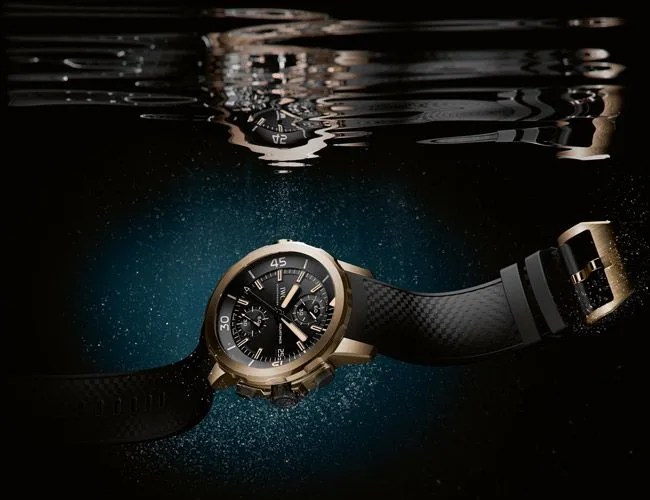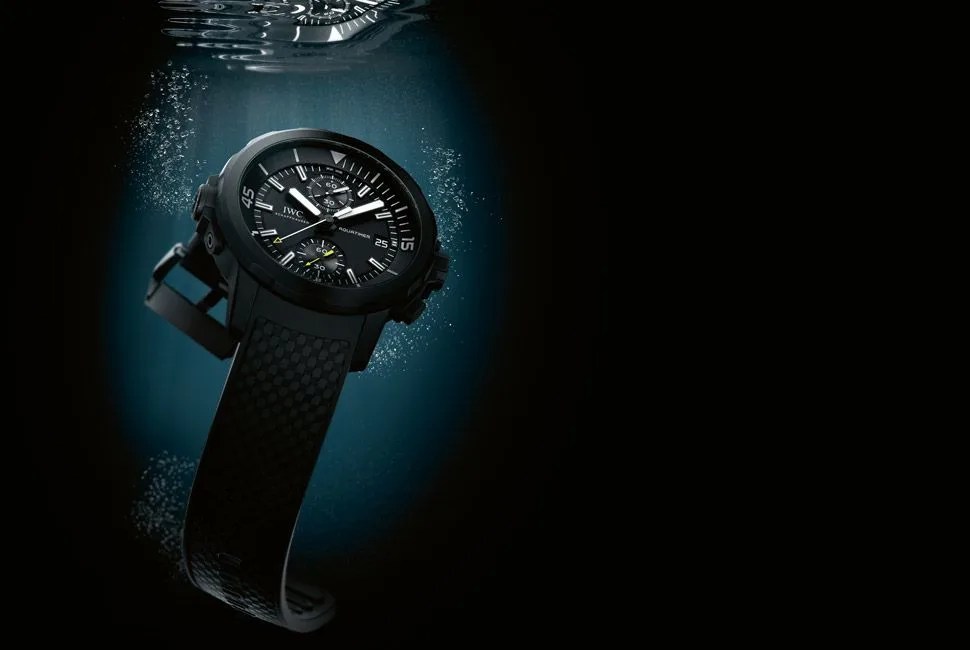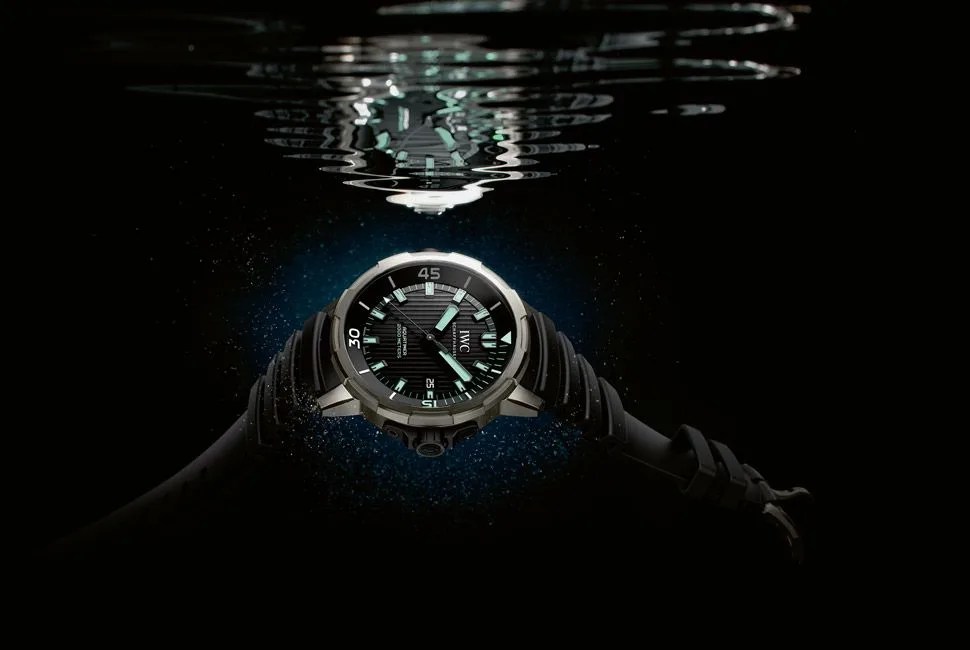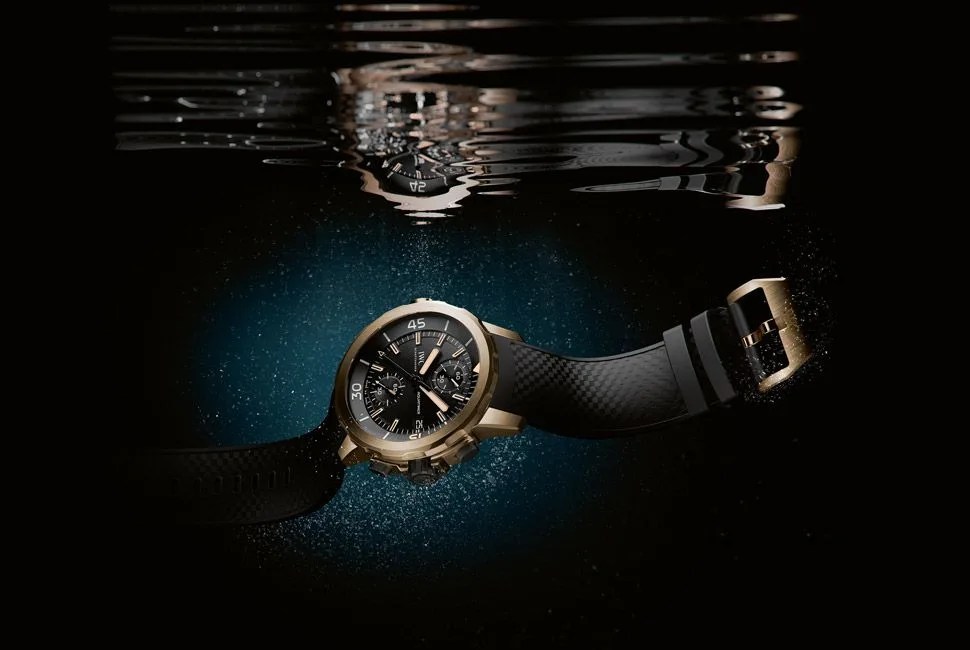3 photos
Since some press photos leaked from across the pond a couple of weeks ago, the online watch community has been buzzing about the next generation of IWC Schaffhausen’s Aquatimer dive watch family, which will be formally introduced in a couple of weeks at the Salon Internationale Haute Horlogerie (SIHH) in Geneva. The release of a redesigned watch family is always subject to intense scrutiny; IWC rarely escapes the microscope, largely because their modus operandi is to focus each year on refreshing one of its watch families. Because there are six lines (Portuguese, Ingenieur, Portofino, Pilot, Da Vinci and Aquatimer), each one gets its 12 months in the sun once every six years (though they seemed to have skipped over the Da Vinci this time round).
MORE FACE VALUE Montana Watch Company BFW-3 | Pinion Axis | Fossil Breaker
In 2009, IWC made a radical break from the Aquatimer’s predecessor, increasing it in size to a hefty 44 millimeters, abandoning the internal timing ring of the previous version and eschewing a titanium case option for the first time in many years. Some Aquatimer devotees bemoaned these moves, though this writer favored the external rotating timing bezel for its more practical use and simpler construction. With this year’s refresh of the Aquatimer, IWC seems to have listened to some of these opinions but took a new approach, bringing back the internal timing ring, with a new (ahem) twist.
The latest Aquatimer reverts to an internal timing ring, but rather than operating via a separate crown, it gears an external bezel to rotate the inner scale via a sliding clutch. The outer bezel design is reminiscent of the modernist version found on the Ocean 2000 dive watch that IWC made for the German military in the 1980s, a much beloved vintage piece; the inner ring has the blocky markings and numerals of the recent Vintage Collection Aquatimer, a watch that was almost universally adored. While this bezel construction is clever, its purpose is unclear. An internal ring was thought to prevent inadvertent movement, thus making it safer for diving (a non-issue, in our informed opinion); linking this to an outer grip seems to negate this safety measure while also complicating the build.
Both the introduction of titanium as a case material in several models and the extensive use of in-house IWC calibres should please IWC purists.
Both the introduction of titanium as a case material in several models and the extensive use of in-house IWC calibres should please IWC purists. The Aquatimer 2000 will make use of IWC’s much-lauded 80110 motor, while many of the chronographs are also in-house, using IWC’s excellent 89365 calibre. Though the flagship Perpetual Calendar Digital Date Aquatimer is proudly announced as the “second largest watch IWC has ever built” at 49 millimeters, we’re glad to see the Aquatimer Automatic actually shrink to a near-perfect 42 millimeter diameter. Brought over from the last version is a stealthy rubber-coated steel case for a special edition chronograph, a welcome holdover technology.



